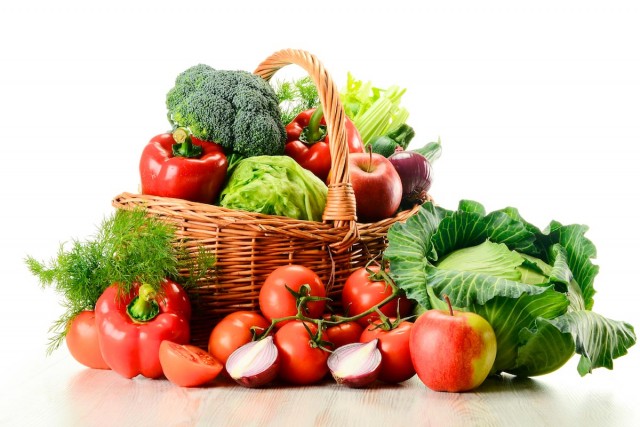Most fresh produce are contaminated with toxic sludge
11/23/2015 / By Vicki Batts

By now, we’ve all heard about the toxic and terrible things that happen to our meat products here in the USA. Chemical additives, hormones, human DNA contamination and so many other nightmarish things have been going on right beneath our noses.
So, it should not be terribly surprising to hear that the majority of our produce is contaminated with toxic sewage sludge.
In fact, the fresh food you buy for your “healthy” family meal can contain up to 100 different toxins from this “specially processed sludge” known as biosolids. This is a fancy way of saying there are traces of poop in your potatoes. Sounds yummy, right?
Better still, these toxins aren’t just on the outside of the produce, they can actually be embedded even into the crop’s DNA. Isn’t it amazing how modern man just ruins things in the most delightful of ways?
When wastewater or sewage sludge is biologically processed, it forms into biosolids. It should be noted that the EPA states biosolids and sewage sludge are often used interchangeably. Anyways, the sludge is treated so it can be safely used as fertilizer, instead of contaminating waterways. This sounds okay in theory, until authorities started using what is essentially disinfected human waste to grow food. The EPA may call it “organic material” to make it sound more palatable, but we all know what it really is. Come on now.
The Bioscience Resource Project states that risk assessment of biosolids can be quite difficult to perform due to their highly varied composition. However, it is confirmed that biosolids can contain toxic metals, chemical irritants and pathogens. There are hundreds of elements which should set off alarm bells, not the least of which are bacteria, viruses and parasitic worms.
Despite there being hundreds of potentially harmful toxins and pathogens in biosolids, only 10 are government-regulated. Sounds like the EPA is spending more time covering up their part in the nationwide mass food contamination, rather than trying to prevent it in the first place.
Source:
Submit a correction >>
Tagged Under:
This article may contain statements that reflect the opinion of the author





















